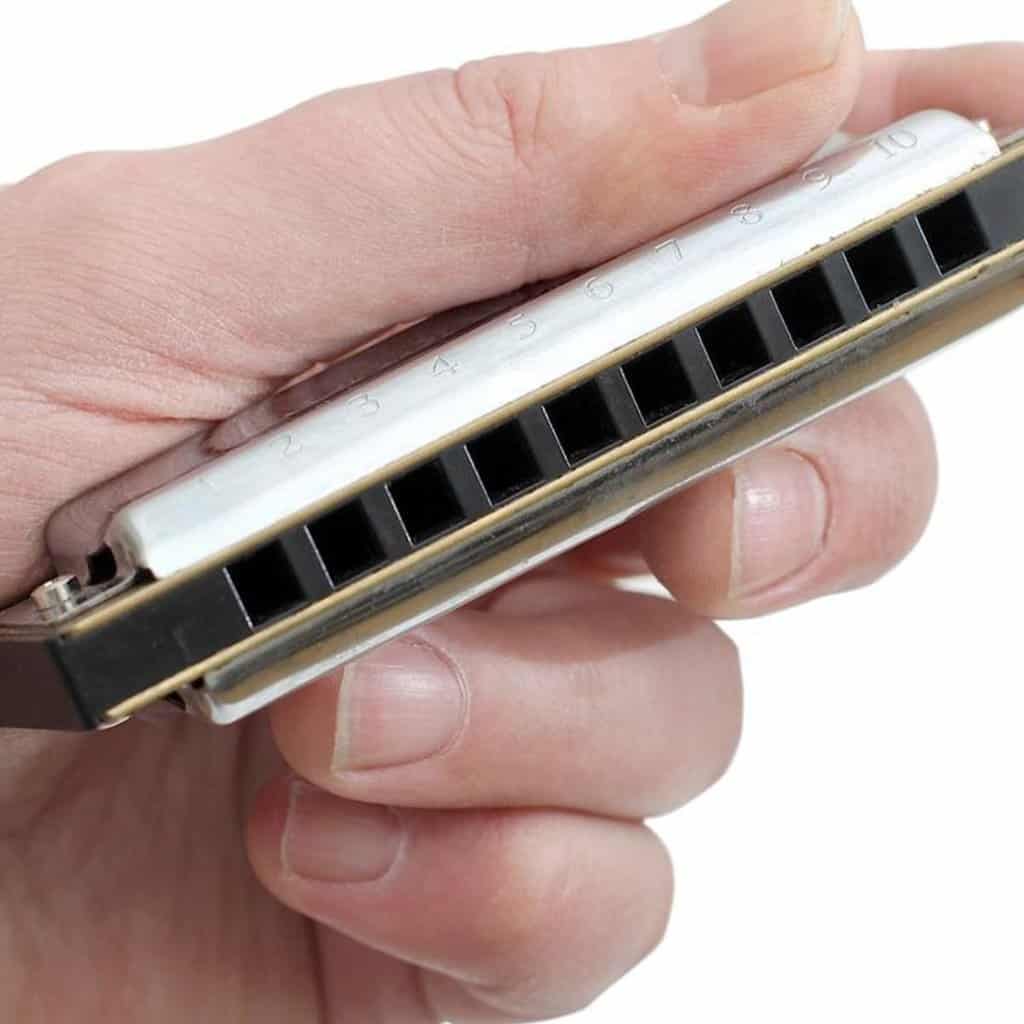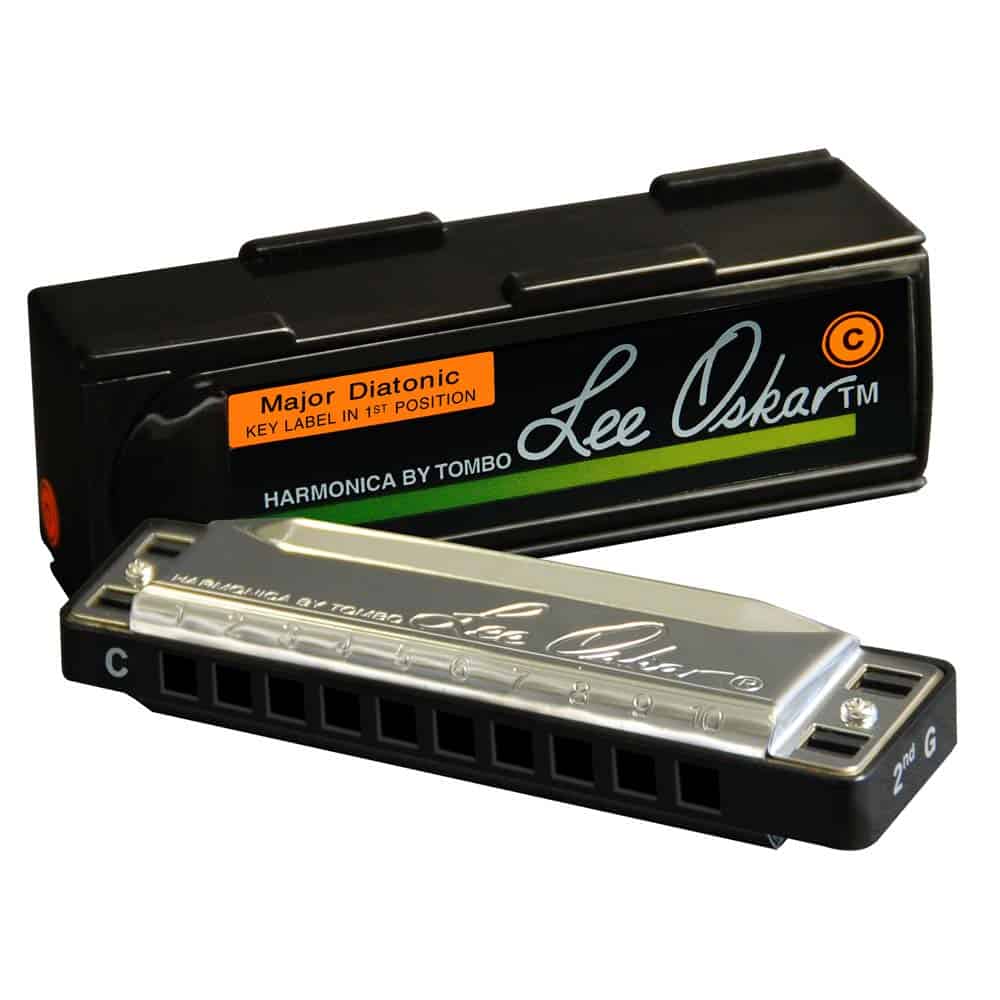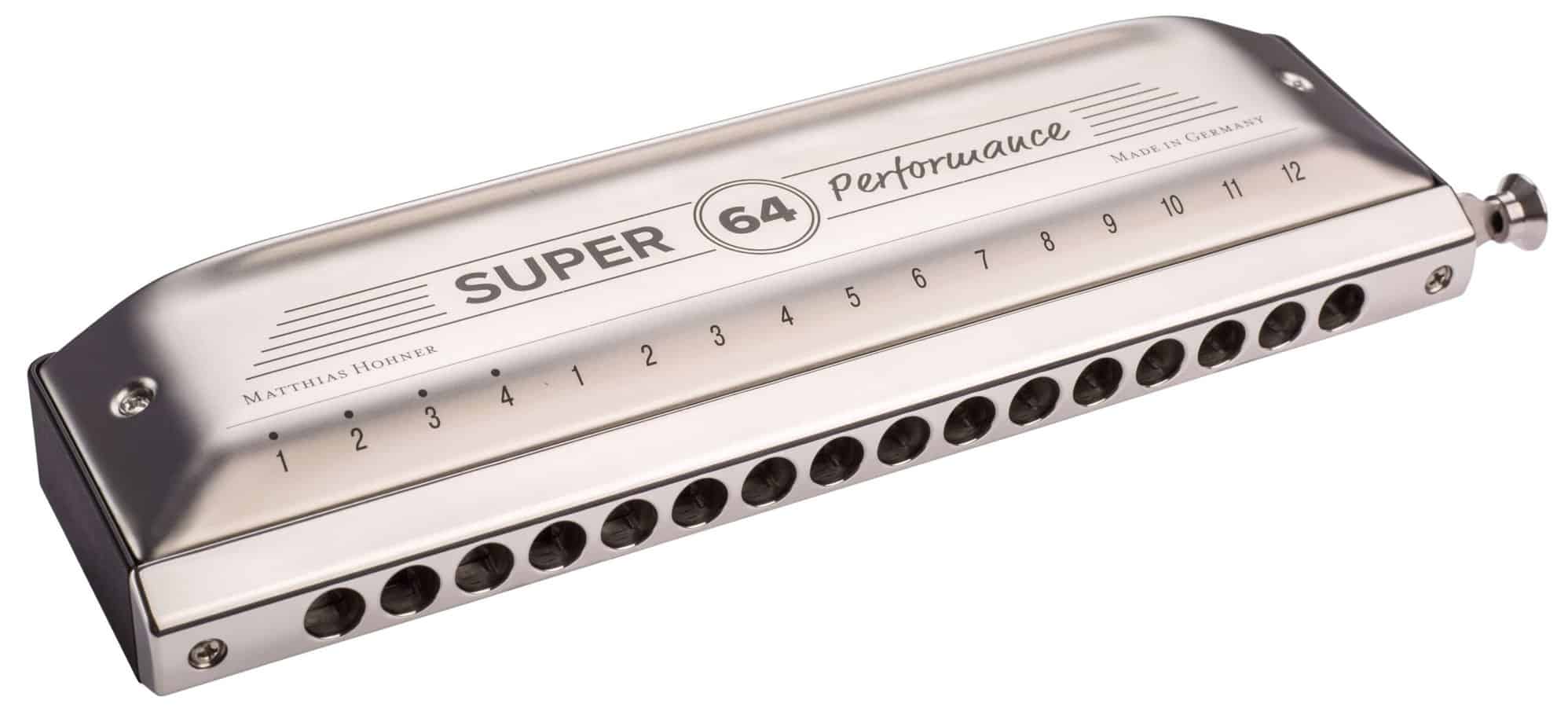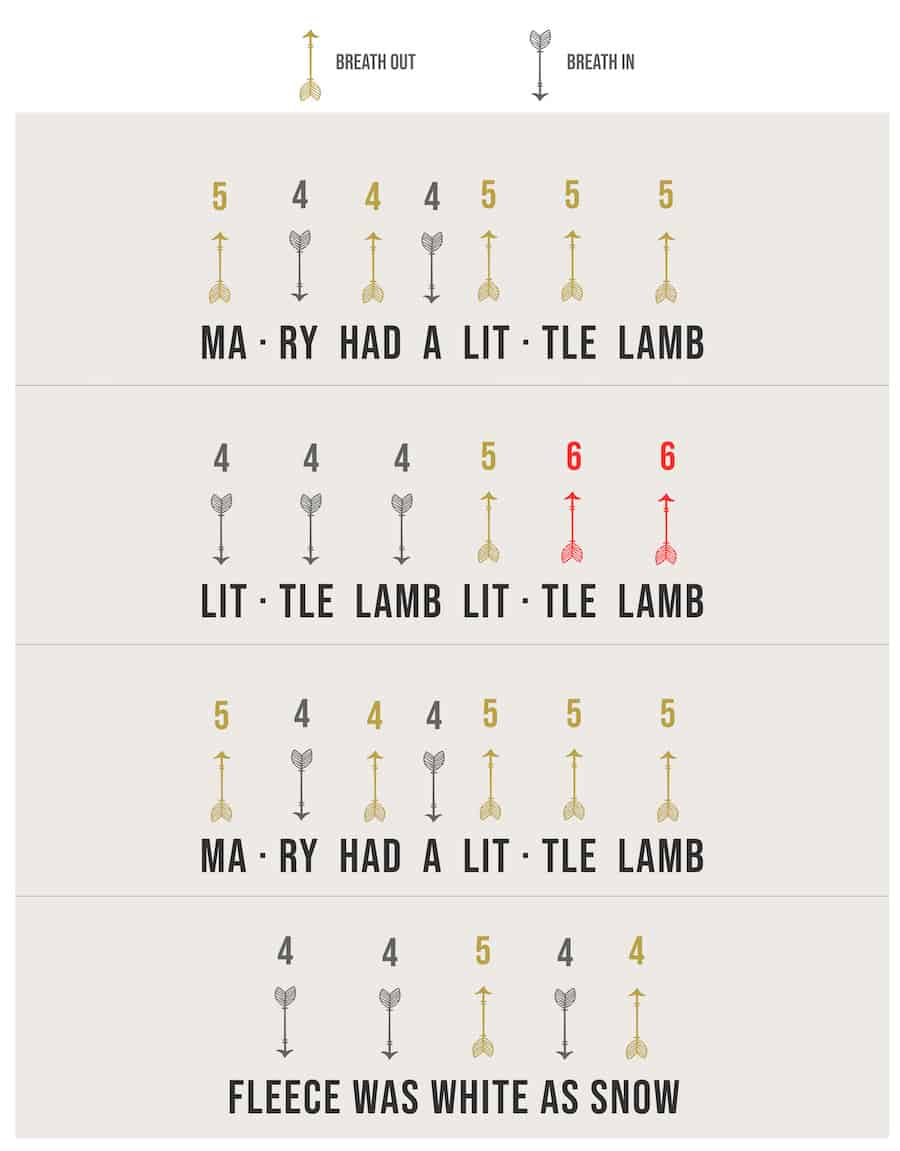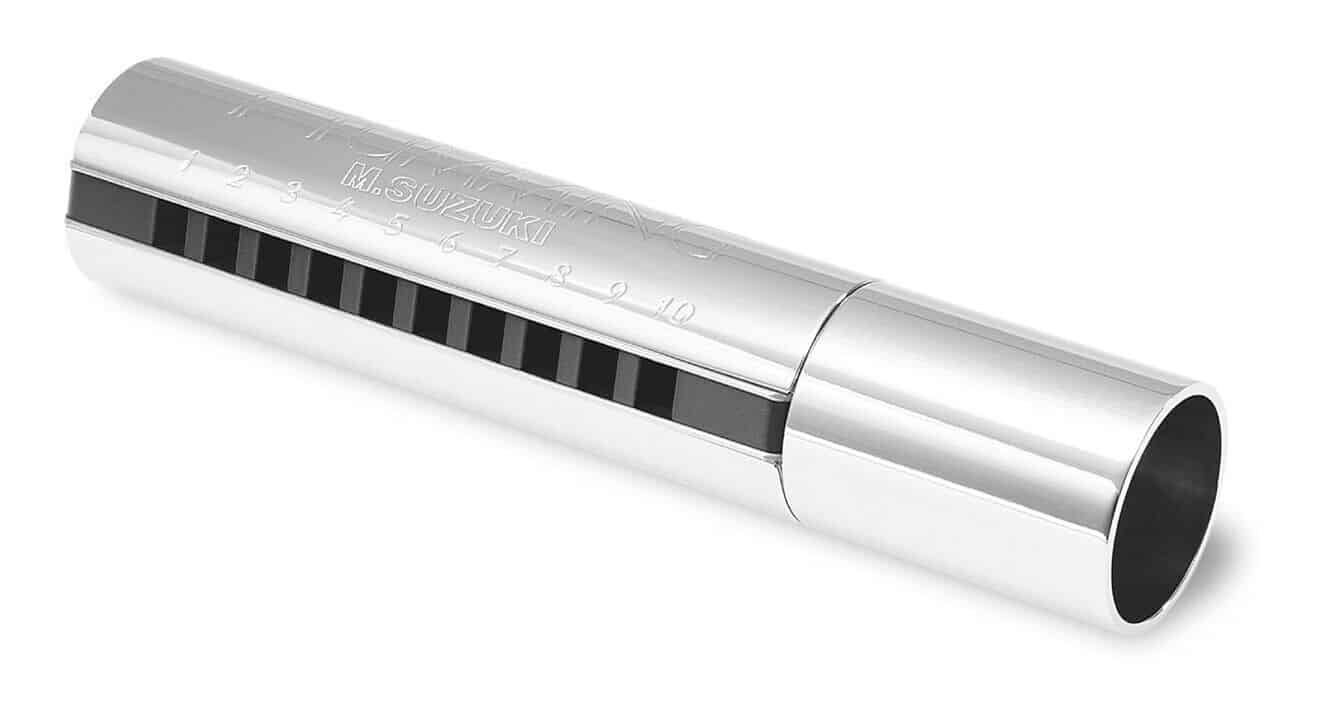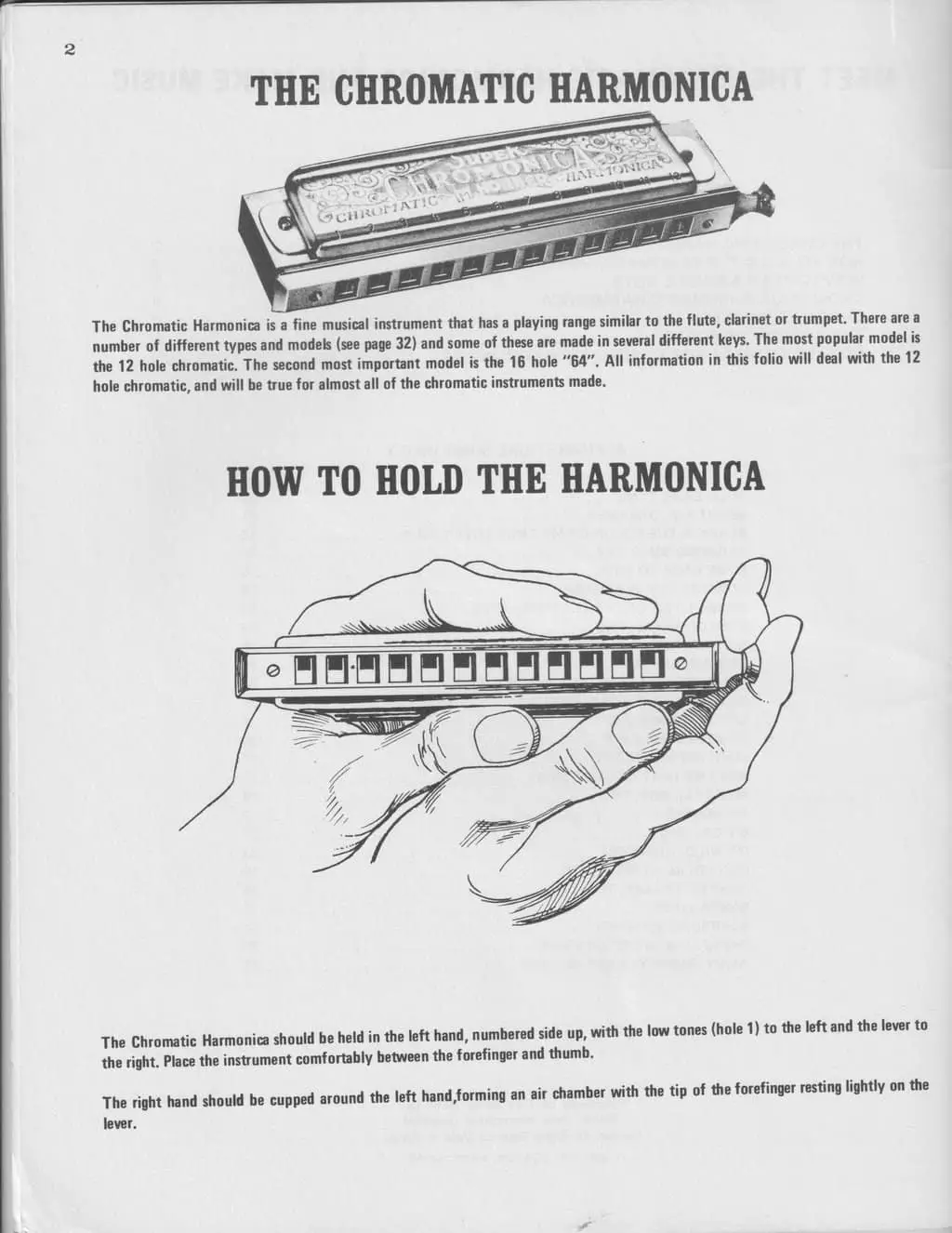When I first heard the sound of a harmonica, I was mesmerized. The musical possibilities that this small instrument can create are truly amazing. I’m sure you have wondered what notes are on a harmonica and whether it is possible to really make music with it. If so, you’ve come to the right place. In this article, I’m going to explore the musical magic of the harmonica and teach you all about the different notes and how to play them. So, if you’re ready to discover the musical magic of the harmonica, let’s get started!
Types of Harmonicas
1 Diatonic Harmonicas
Diatonic harmonicas are the most common type of harmonicas. They consist of 10 holes, each containing two reeds tuned to different notes. The notes are arranged in different combinations to create different scales. This type of harmonica is often used in blues, rock, and folk music.
2 Chromatic Harmonicas
Chromatic harmonicas are similar to diatonic harmonicas, but they have 12 holes and four reeds per hole. They are more complex than diatonic harmonicas and are often used in jazz, classical, and other styles of music. The notes are arranged in different combinations to create a wider range of notes.
Notes on Diatonic Harmonicas
- A diatonic harmonica is a type of harmonica that is tuned to a particular key.
- It has 10 holes, each producing two notes (one when inhaled and one when exhaled).
- The scale of a diatonic harmonica is based on the major scale, with some variations depending on the key.
- The notes are arranged in a pattern of 4 draw notes (inhale) followed by 4 blow notes (exhale).
- The layout of the holes and notes is repeated in each octave.
- The notes on a diatonic harmonica are: C, D, E, F, G, A, B, C, D, E.
- The notes can also be expressed as a series of numbers, e.g. 1-2-3-4-5-6-7-8-9-10, where 1 is the lowest note and 10 is the highest.
Notes on Chromatic Harmonicas
Chromatic harmonicas are tuned to the 12 notes of the chromatic scale and usually have a range of 2 and a half octaves. They feature a button-activated slide that, when depressed, raises the pitch of the note being played by a semitone. This allows the player to play all twelve notes of the chromatic scale, allowing for a greater range of expression. Chromatic harmonicas are typically used in jazz, classical, and traditional folk music. They are also popular in klezmer and other Eastern European folk music. Chromatic harmonicas have a distinct sound and, due to their complexity, require a high level of skill to play.
How to Play the Notes
To play the notes on a harmonica, the musician must first blow into the instrument. Each of the holes on the side of the harmonica is designated with a specific note. The musician then must press the correct hole and blow into the harmonica to produce the desired note. Additionally, each hole can produce a different note when the musician exhales, creating a different sound. By pressing the correct combination of holes, the musician can create a tune. To create a melody, the musician must learn the scales of the harmonica and practice playing each note accurately.
Vibrato
A variety of techniques can be used on a harmonica to create a vibrato effect. The most common method is to hold the harmonica between the lips, and then make a slight movement with the lips to create a wavering sound. Another method is to use a tremolo bar to vibrate the reeds. A third method is to use the tongue to bend the pitch of the notes. The fourth method is to use a vibrato wheel to cause the reeds to vibrate.
The following table shows the notes that can be produced on a harmonica using vibrato techniques:
| Technique | Notes |
|---|---|
| Lip Vibrato | All notes |
| Tremolo Bar | All notes |
| Tongue Bending | Notes between draw 4 and draw 7 |
| Vibrato Wheel | All notes |
Advanced Harmonica Techniques
- Bending – Pushing air into a note while changing the pitch of the note.
- Overblowing – Using the tongue to direct air flow over a hole.
- Vibrato – Repeatedly bending a note up and down.
- Over-bending – Bending a note beyond its normal range.
- Chromatic Playing – Playing notes outside of the normal scale.
- Reedslaps – Interrupting the airflow to create a staccato effect.
- Tongue Blocking – Directing air into the harmonica with the tongue.
- Octave Bending – Bending a note to the octave above or below.
- Octave Overblowing – Overblowing a note to the octave above or below.
- Double Bending – Bending a note to the second octave above or below.
- Overbends and Overblows – Combining overblowing and bending techniques.
- Tongue Slapping – Making a percussive sound by slapping the tongue against the harmonica.
Benefits of Playing Harmonica
- Improves lung capacity, breath control and coordination.
- Improves memory, focus, and concentration.
- Improves fine motor skills and hand-eye coordination.
- Stimulates creativity and mental agility.
- Provides a great way to relax and destress.
- Can be used to play a wide variety of musical styles.
- Portable and easy to carry.
- Improves social skills and encourages collaboration with other musicians.
- Can be used as a gateway to exploring other instruments.
Frequently Asked Questions
What is a Harmonica?
A harmonica is a small, portable wind instrument consisting of a series of metal reeds of different lengths, held in a frame and played by blowing into the holes while pressing buttons or keys. It produces a single note or chord when the reeds are pressed and is used in folk and popular music, particularly blues.
How does one play the harmonica?
To play the harmonica, start by blowing into the instrument. Then, use your tongue to make different notes by blocking and releasing air through the holes. You can also use two hands to play two notes at the same time by covering two holes with one hand and two with the other. With practice, you can learn to play melodies and chords on the harmonica.
How Many Notes Does a Harmonica Have?
A harmonica contains 10 holes, each of which can produce 2 notes, with the exception of the blow holes, which can only produce one note. This means that a harmonica can produce a total of 20 notes. The notes range from low to high, depending on whether you are playing the blow or draw holes.
What type of music can be played on a harmonica?
Harmonicas are versatile instruments that can be used to play a variety of musical styles. These include folk, blues, country, classical, jazz, pop, and rock. It can be used to create a wide range of sounds and can be incorporated into many genres of music. Harmonicas can also be used to create unique sounds and effects, such as vibrato, riffs, and bends. The instrument is especially popular in blues and folk music, but it can be used in any style, making it a versatile option for musicians.
What are the Benefits of Learning to Play the Harmonica?
Learning to play the harmonica can bring many benefits. It is a relatively simple instrument that can be played in any setting, including solo or as part of a larger ensemble. It can also be used to accompany singing or to improvise melodies and accompaniments. Playing the harmonica can help develop hand-eye coordination, fine motor skills, and can even aid in breathing and vocal control. Additionally, it is a great way to learn music theory and develop an understanding of musical structure. Finally, learning the harmonica can be a fun and enjoyable way to relax and have a good time.
Conclusion
The harmonica is a unique and versatile instrument with a wide range of notes and sounds. With a little bit of practice and dedication, anyone can learn to play the harmonica and create beautiful and unique music. By understanding the notes on a harmonica and how they work together, it is possible to create a wide variety of musical styles and sounds. Whether you are a beginner or a professional musician, the harmonica is a great instrument to learn and enjoy.

